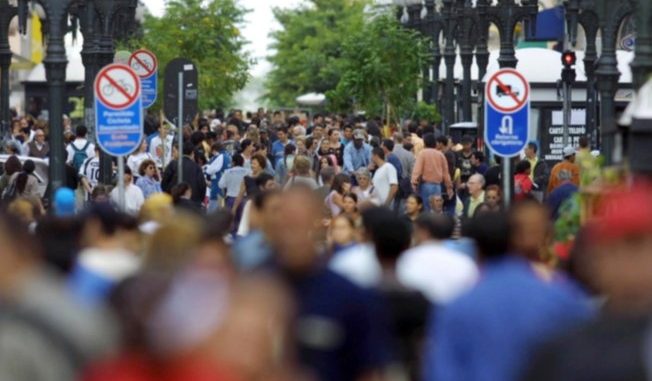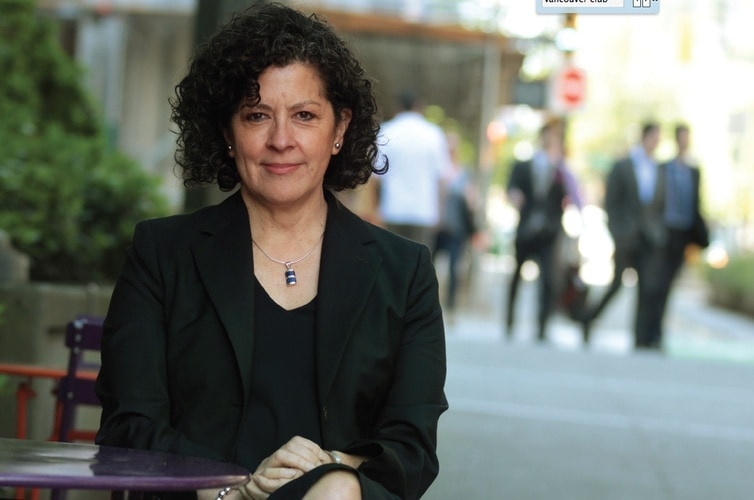
RIO DE JANEIRO – Brazil’s population reached 208,494,900 people as of July 1, the country’s statistics agency IBGE announced yesterday.
The figure increased 0.82 percent compared to 2017.
The South American country is estimated to have a population growth rate of 0.82% among 2017 and 2018, according to the Population Projection (Revision 2018).
Out of 5,570 towns in Brazil, Sao Paulo continues to be the most populated city with 12.2 million inhabitants, followed by Rio de Janeiro, with 6.7 million inhabitants; the country’s capital, Brasilia, ranked third, with 2.97 million inhabitants.
On the other hand, Serra da Saudade, in Minas Gerais state, has the smallest population of 786 people, followed by Bora, in Sao Paulo state (836 inhabitants) and Araguainha, in Mato Grosso state (956 inhabitants).
Brazil is a highly urban country as 57 percent of the population or 118.9 million people live in only 317 towns with a total population over 100,000. Up to 17 cities have a population above 1 million people, and they have, together, 45.7 million inhabitants, 21.9 percent of the total population.
The southeastern region continues to be the most populated in Brazil, holding the three most populated states — Sao Paulo state is in the lead, with 45.5 million inhabitants — 21.8 percent of the Brazilian population. Roraima state, in the northern region, has the smallest population of the 27 states, with 576,600 inhabitants, which represent 0.3 percent of the country’s population.
The projected total population for the country in 2018 is 208.5 million. This number will increase to reach a maximum of 233.2 million in 2047. From that year, the population will decrease to 228.3 million in 2060, equivalent to that of 2034 (228.4 million).



